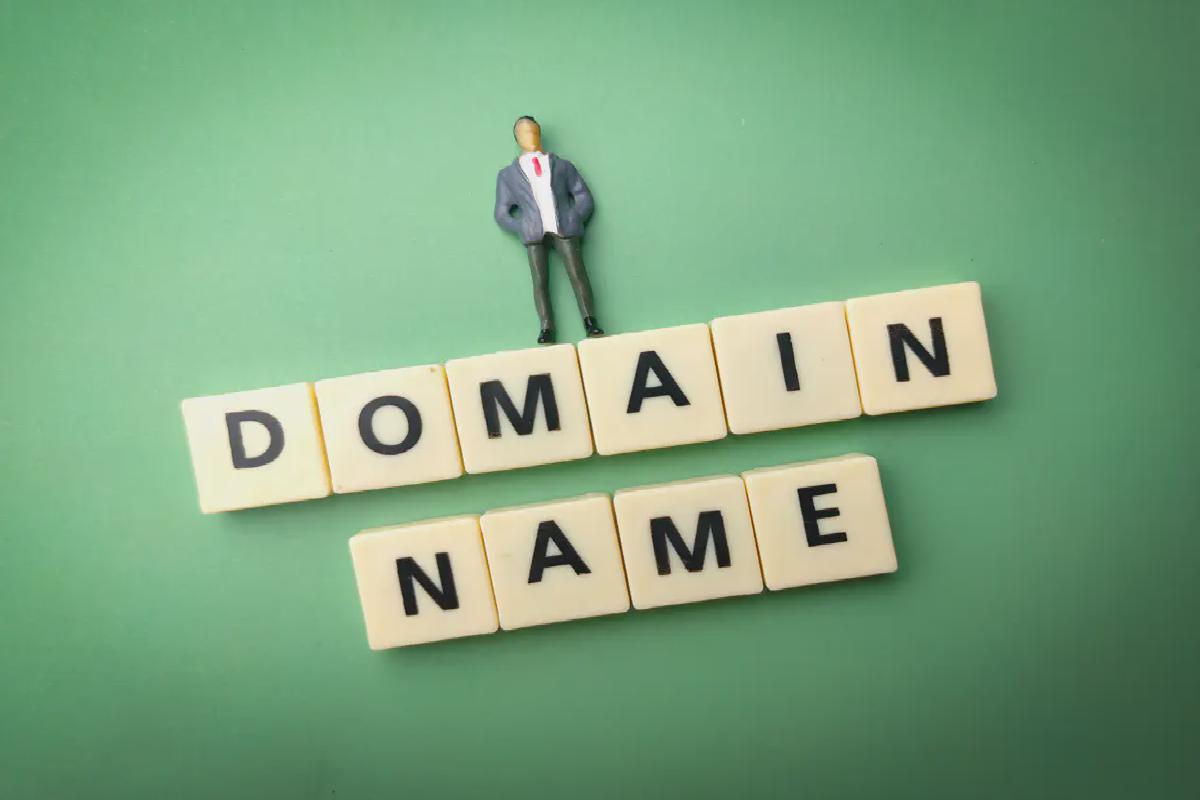3 Types of QR Codes
Posted in Direct Mail on January 30, 2024 by Ramin Zamani ‐ 2 min read

Our data shows that nearly 75% of respondents prefer to scan a QR code on a mail piece.
It makes sense because instead of having to type a URL into their browser, they can simply scan the QR code using their phone camera and go directly to your campaign landing page.
QR Codes make your direct mail ‘clickable,’ almost.
But which type of QR Codes should you use? Static, Dynamic, or Personalized?
What are the three QR Code types? Here is a handy summary with examples and the pros and cons of each:
Static QR Codes
The code includes a generic URL, which is the same for all recipients, driving them to a static page.
Pros: Easy to generate. Easy to use on print pieces.
Cons: Limited tracking analytics. You don’t know who scanned your QR code.
Example use-cases:
Brochures, identity badges, business cards, product packaging.
Dynamic QR Codes
The code includes a generic URL, which is the same for all recipients, driving them to a page that can be changed at different times.
Pros: You can change the content of the destination page after a QR code image is created and printed on your piece.
Cons: Limited tracking analytics. You don’t know who scanned your QR code.
Example use-cases:
Fridge Magnets: A restaurant can mail a fridge magnet to a neighborhood and dynamically change the page content to show a different offer each week.
Menus: Using a dynamic QR code, restaurant owners can add or change menu items without having to reprint their table top stands.
Personalized QR Codes
The code includes a personalized URL, which is unique for each recipient, driving them to a page that is built specifically for them.
Pros: You know exactly who scanned your QR code, even if they didn’t submit a form. You can create a personalized, delightful experience.
Cons: You need a reliable tool to generate a unique URL and QR code image for each recipient.
Example use-cases:
Postcards: A real estate agent will know who might be thinking about selling their home by seeing who’s scanned their postcard QR code.
Letters: An insurance company can follow up with potential buyers if they scan the QR code printed on their letter, even if they don’t submit a form.
Found this post helpful?
Subscribe to my newsletter and get posts like this in your inbox.
Found this post helpful?
Subscribe to my newsletter and get posts like this in your inbox.


